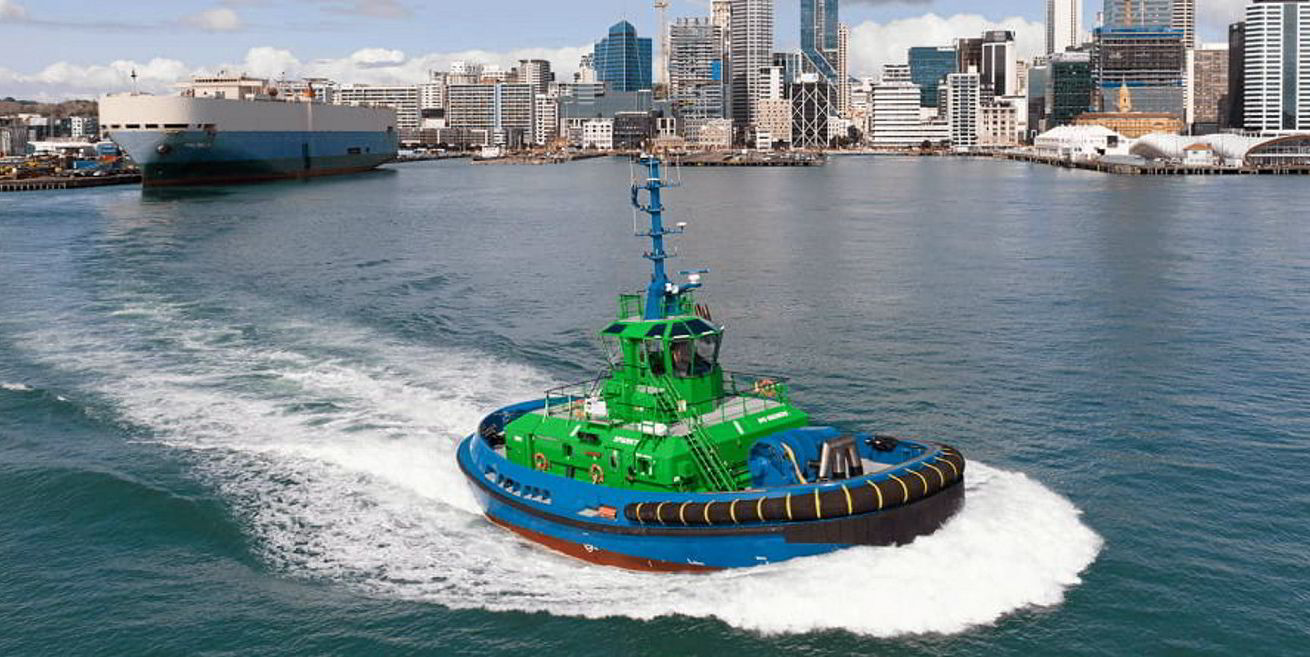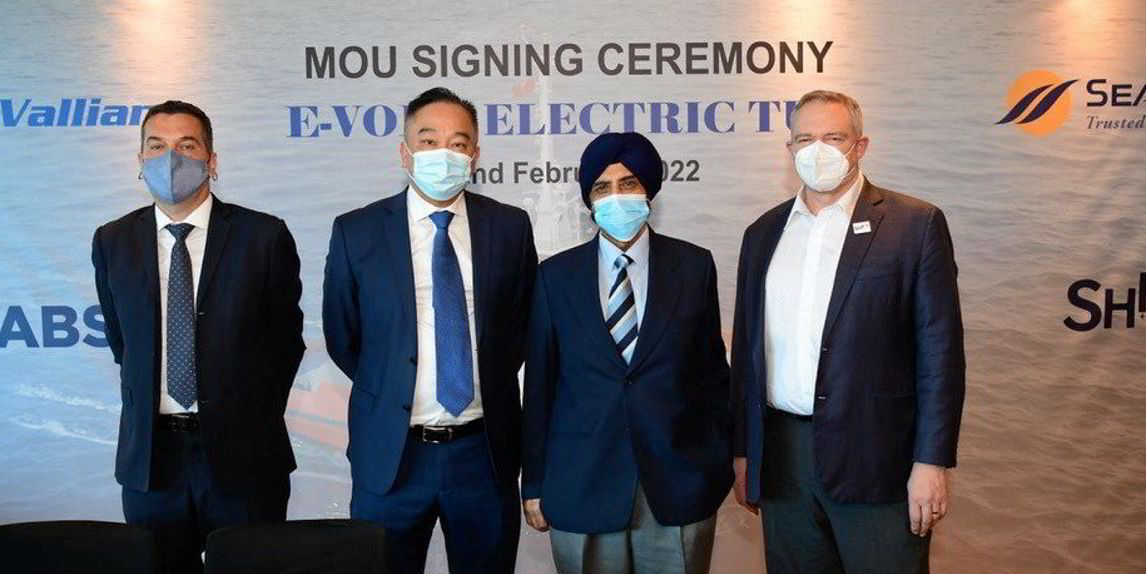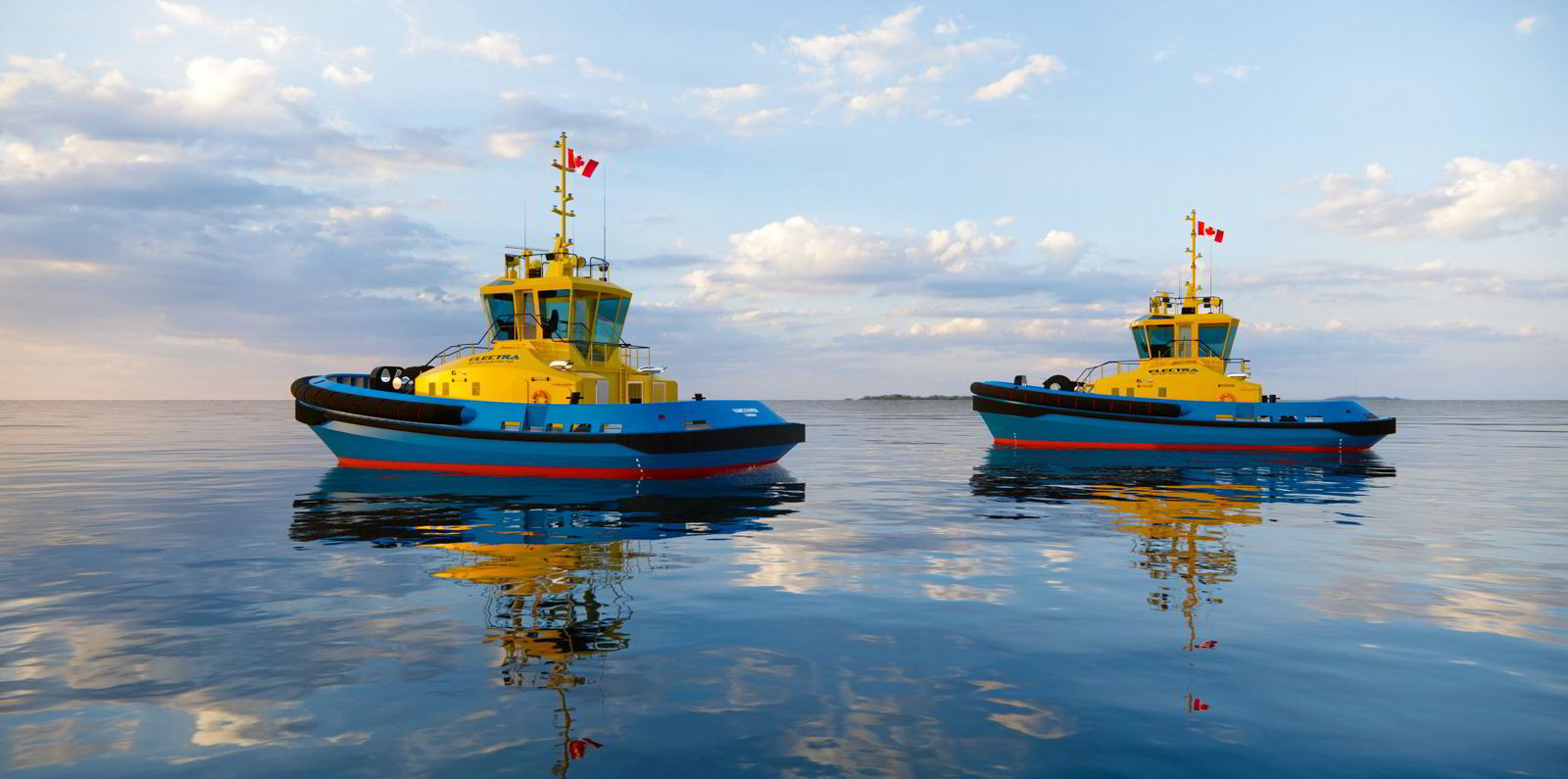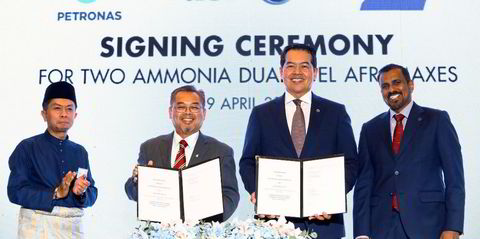Environmentally-minded ports and forward-looking tug operators are providing the key impetus to a new generation of electric tug boats that are starting to grow in number in different parts of the world.
In one of the last examples, Damen Song Cam Shipyard in Vietnam delivered the 353-gt Sparky (built 2022) — a ship with an operational life of about 25 years and a bollard pull of 70 tonnes — in early August.
This “stacks up with the performance of any conventional tug”, the boat’s battery maker Echandia boasted in a press release.
The Swedish company said its lithium-titanium-oxide (LTO) batteries allow the Sparky to manoeuvre “even the largest vessels”, undertaking two or more assignments before recharging for just about two hours.
Damen had been working on the electric tug boat since 2016, in cooperation with the Ports of Auckland, which employs it.
Michiel Hendrikx, Damen’s sales director for the Asia-Pacific region, said: “It was their confidence in us and their cooperation over the past six years that has made Sparky such a success.”
The involvement of the Ports of Auckland is characteristic for what drives the development forward towards such boats.
Operating in a part of the world that is particularly exposed to climate change, Ports of Auckland has adopted a goal of becoming a zero-emissions port by 2040.
Electric tugboats do not only make such tasks technically feasible, but they can also go a long way towards making them economically viable.
According to Echandia, the Sparky abates around 500 tonnes of CO2 per year, with a running cost of less than one-third of a diesel equivalent tug.
It is no surprise that other ports, tug operators and shipyards have jumped in on the act as well.
Vallianz Holdings, a Singapore-based offshore vessel owner, has already cut steel earlier this year on an all-electric harbour tug at its shipbuilding subsidiary in Batam.
In order to build the zero-emissions “e-tug” with a bollard pull of more than 60 tonnes, Vallianz teamed up with the American Bureau of Shipping, vessel designer SeaTech Solutions International and Canadian battery technology firm Shift Clean Energy.

Once in operation, Vallianz expects the vessel to help chop NOx emissions by 150 tonnes per year and of CO2 by 2,000 tonnes per year.
On the other side of the Pacific, a tightening of harbour craft emissions rules by Californian regulators has spurred ports to go electric and search for zero-carbon options.
It is against that background that Jacksonville-based shipping conglomerate Crowley is developing the eWolf — another all-electric tug that will operate in San Diego from mid-2023.
A little further to the north, SAAM Towage said on 17 October that it had agreed to operate two similar vessels in Vancouver. The Chilean tug operator struck the deal to deploy the tugs with Canadian mining company Teck Resources and its part-owned Neptune Terminals.
True to the global nature of the industry, the tugs were designed by Vancouver naval architecture firm Robert Allan, powered by a battery from Norway’s Corvus Energy and built at Sanmar Shipyards in Turkey.
Made in Turkey

Just a few days after the SAAM announcement, Sanmar disclosed yet another deal for its ElectRA range of tugboats and advised that more are in the pipeline.
Norwegian marine services company Bukser og Berging picked Sanmar to ink its first electric tugboat — again with a Corvus battery pack — and with a bollard pull of 45 tonnes.
Due to be delivered in November 2023, it will join the Norwegian company’s other conventional tugs in the port of Oslo.
Ruchan Civgin, commercial director at Sanmar, said: “We have seen a huge amount of interest in the ElectRA range.”
Turkey’s prominent position in the construction of electric tug boats should not come as a surprise.
Kiran Holding — another Turkish company — says on its website that it has been a pioneer in the construction of such ships.
Kiran unit Navtek Naval Technology completed its first electric tug boat nearly three years ago for Turkish customer Gisas Power.
Given its early development, the 103-gt Gisas Power (built 2020) has a bollard pull of 32 tonnes — way below the power of its bigger successors.
However, Navtek quickly upped its game, delivering the 282-gt Gisas Power 4 (built 2022), which has a bollard pull of 45 tonnes, earlier this year.






